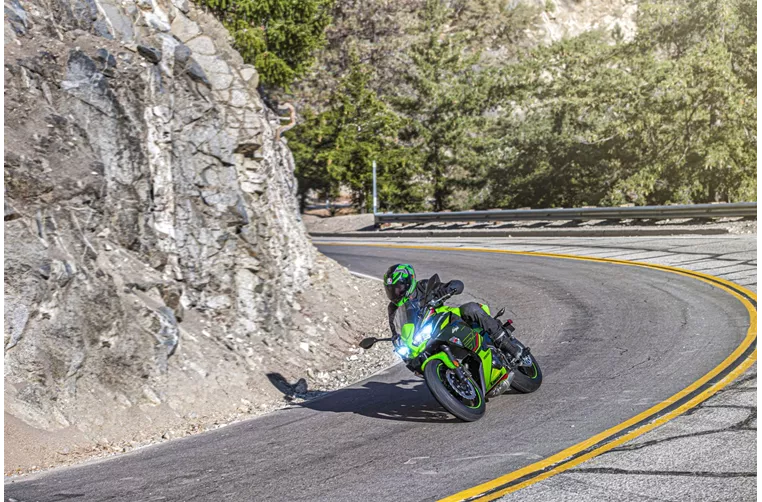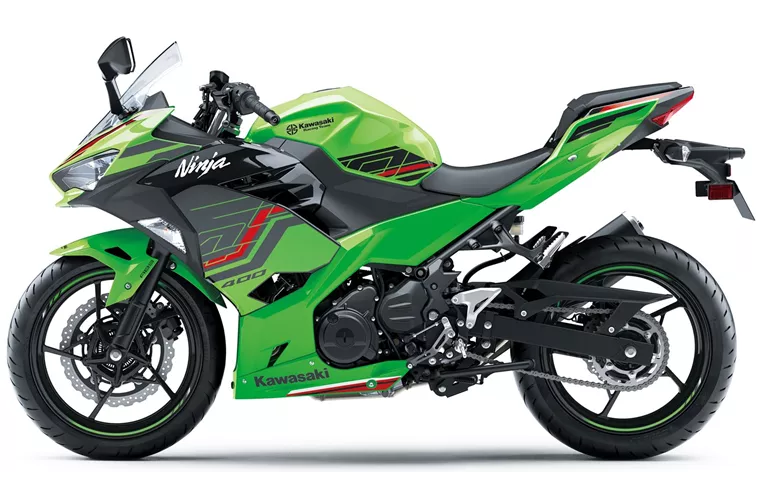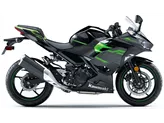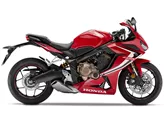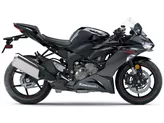Kawasaki Ninja 650 2023 vs. Kawasaki Ninja 400 2023
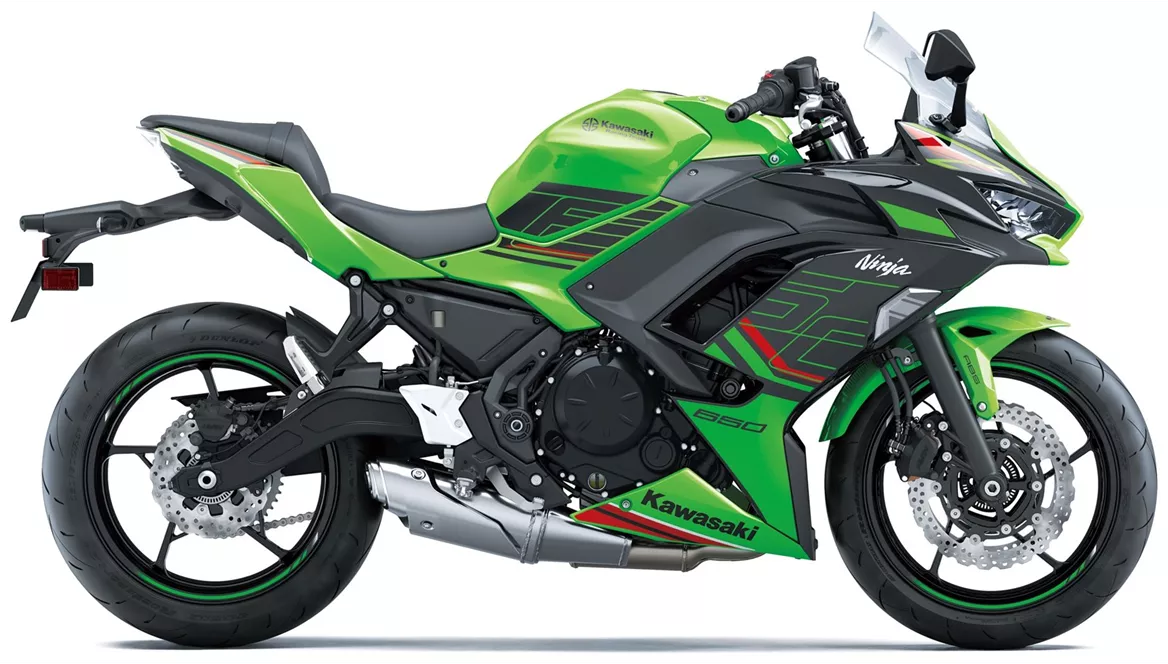
Kawasaki Ninja 650 2023
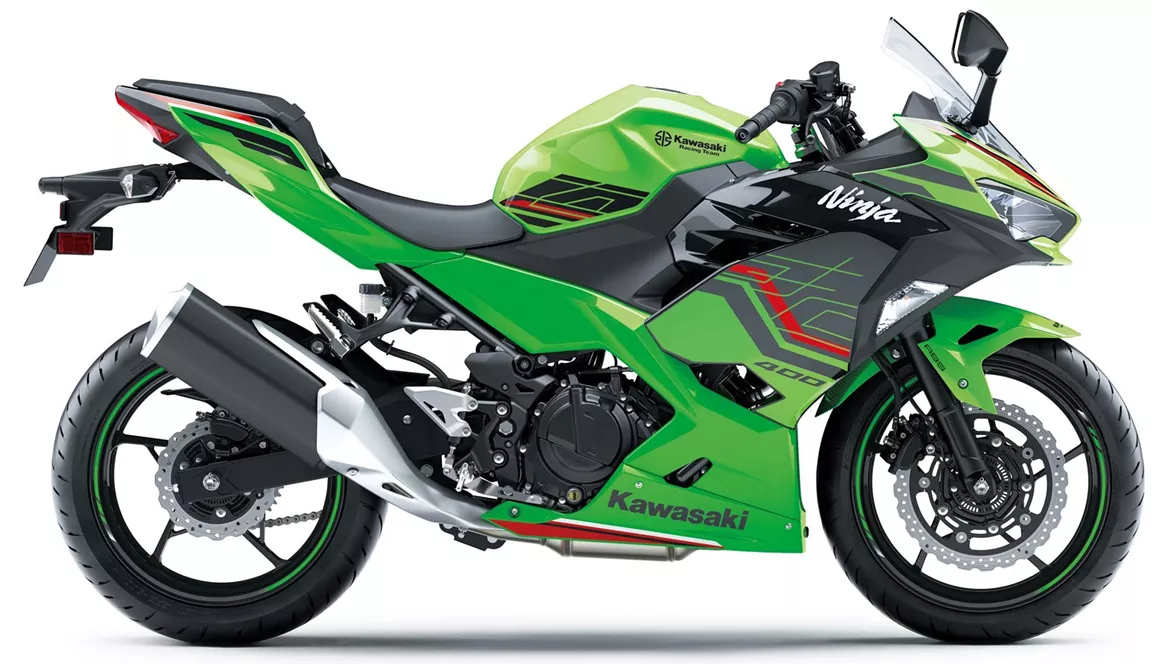
Kawasaki Ninja 400 2023
Vue d’ensemble - Kawasaki Ninja 650 2023 vs Kawasaki Ninja 400 2023
The Kawasaki Ninja 650 model year 2023 and the Kawasaki Ninja 400 model year 2023 are both impressive motorcycles with their own unique features and strengths.
Starting with the technical specifications, the Ninja 650 is equipped with an in-line, 2-cylinder engine with a displacement of 649cc. It produces a power output of 68.2 HP and a torque of 65.7 Nm. On the other hand, the Ninja 400 also has an in-line, 2-cylinder engine but with a smaller displacement of 399cc. It generates a power output of 45 HP and a torque of 37 Nm.
In terms of suspension, both bikes have telescopic forks at the front and swing arm suspension with a monoshock at the rear. The Ninja 650 has a front suspension diameter of 41mm, while the Ninja 400 has the same diameter.
When it comes to the chassis, both models have a steel frame with a tubular design. The Ninja 650 has a rake of 65.5 degrees and a trail of 100mm, while the Ninja 400 has a rake of 63 degrees and a trail of 92mm.
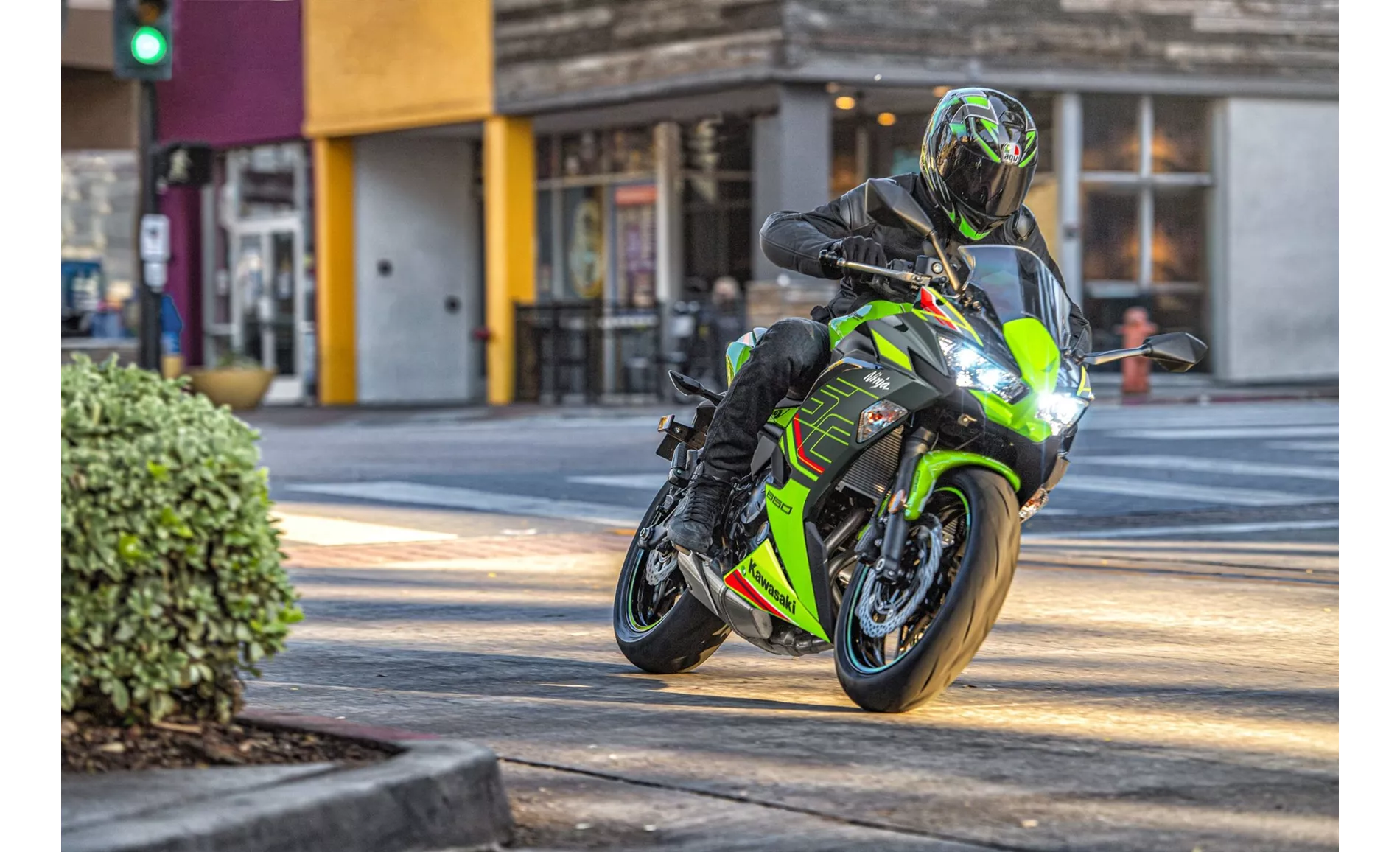
Kawasaki Ninja 650 2023
In terms of braking, the Ninja 650 is equipped with double disc brakes at the front with a diameter of 300mm, while the Ninja 400 has a single disc brake at the front with a larger diameter of 310mm. Both models feature petal technology for improved braking performance.
Both bikes come with advanced rider assistance systems such as ABS and traction control, providing added safety and control during rides.
In terms of dimensions and weights, the Ninja 650 has a front tire width of 120mm and a rear tire width of 160mm, both with a diameter of 17 inches. It has a wheelbase of 1410mm and a seat height of 790mm. The kerb weight of the Ninja 650, including ABS, is 193kg, and it has a fuel tank capacity of 15 liters. On the other hand, the Ninja 400 has a front tire width of 110mm and a rear tire width of 150mm, also with a diameter of 17 inches. It has a slightly shorter wheelbase of 1370mm and a seat height of 785mm. The kerb weight of the Ninja 400, including ABS, is 168kg, and it has a fuel tank capacity of 14 liters.
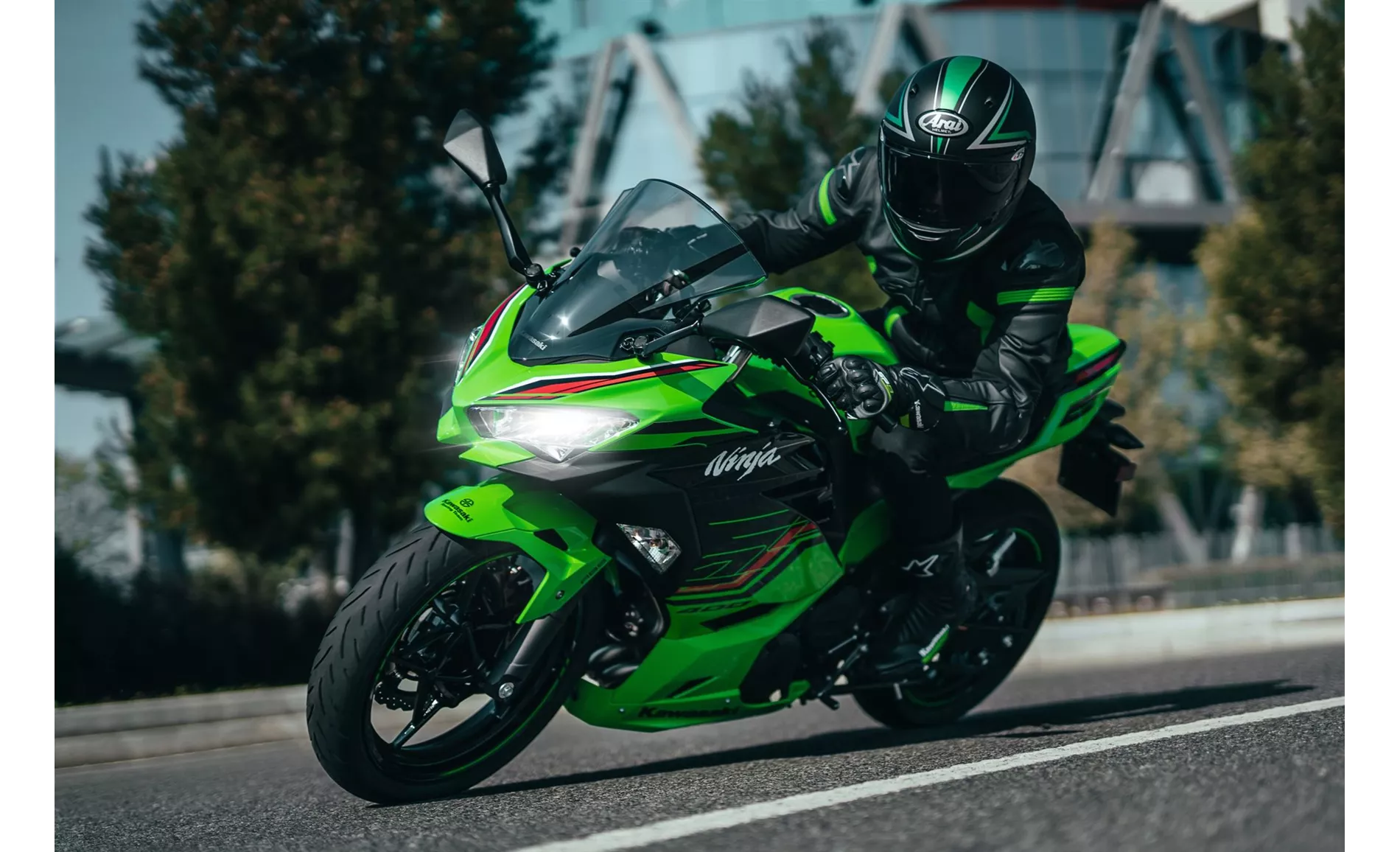
Kawasaki Ninja 400 2023
Now let's move on to the strengths of each model. The Ninja 650 excels in being suitable for touring, offering a comfortable riding experience, and having a safety package that includes ABS and traction control. It is also very accessible to a wide range of riders and has an ergonomically versatile design. Additionally, it features the iconic Ninja look that many riders admire.
On the other hand, the Ninja 400 offers a good combination of stability and playful handling, making it a fun bike to ride. It has a robust and reliable appearance, and its engine is well controllable with a wide usable rev range. The seating position of the Ninja 400 is also praised for being pleasant.
However, both models have their weaknesses as well. The Ninja 650's chassis and brakes are considered average, and adjusting the rear shock absorber can be laborious. On the other hand, the Ninja 400 has limited space for larger riders, which may be uncomfortable for some.
In conclusion, the Kawasaki Ninja 650 2023 and the Kawasaki Ninja 400 2023 are both impressive motorcycles with their own unique features and strengths. The Ninja 650 is more suitable for touring and offers a comfortable riding experience, while the Ninja 400 excels in stability and playful handling. Both models have their weaknesses, but overall, they provide riders with an enjoyable and reliable riding experience.
Caractéristiques techniques Kawasaki Ninja 650 2023 par rapport à Kawasaki Ninja 400 2023
Avantages et inconvénients en comparaison
Avantages et inconvénients en comparaison
Kawasaki Ninja 650 2023
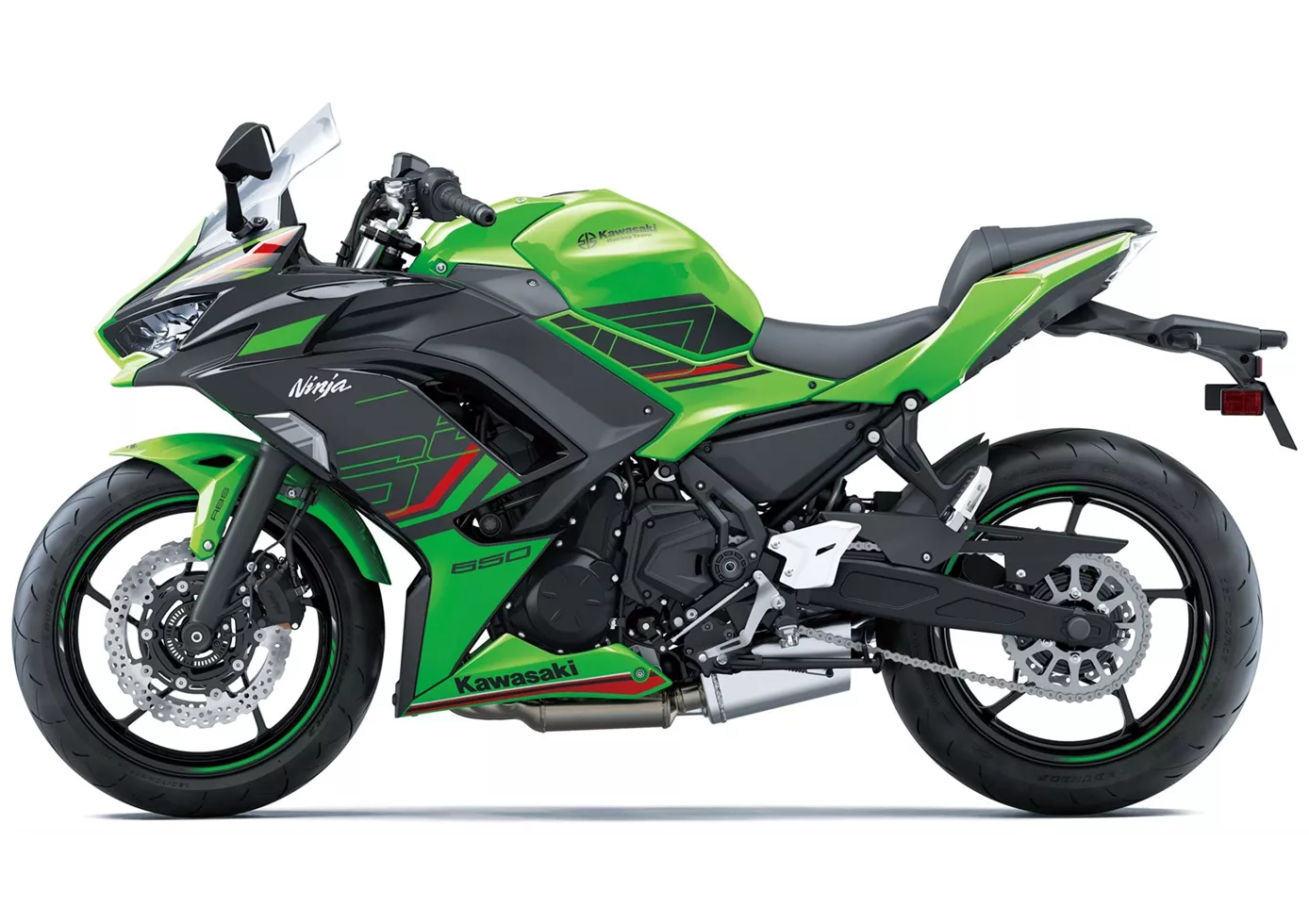
Juger la Kawasaki Ninja 650 uniquement sur papier serait une grave erreur. Le test de deux jours a montré une fois de plus que les données de performance ont plus de poids à la conversation de bistrot que dans la nature. La moto de tourisme sportive de Kawa fait exactement ce qu'elle est censée faire et, grâce à son remaniement constant et aux nouvelles caractéristiques ajoutées pour 2023, elle continue d'enrichir la catégorie. Seuls les coureurs amateurs doivent être mis en garde, car le nom Ninja continue d'attiser une certaine attente que la 650 ne satisfait pas entièrement.
Kawasaki Ninja 400 2023
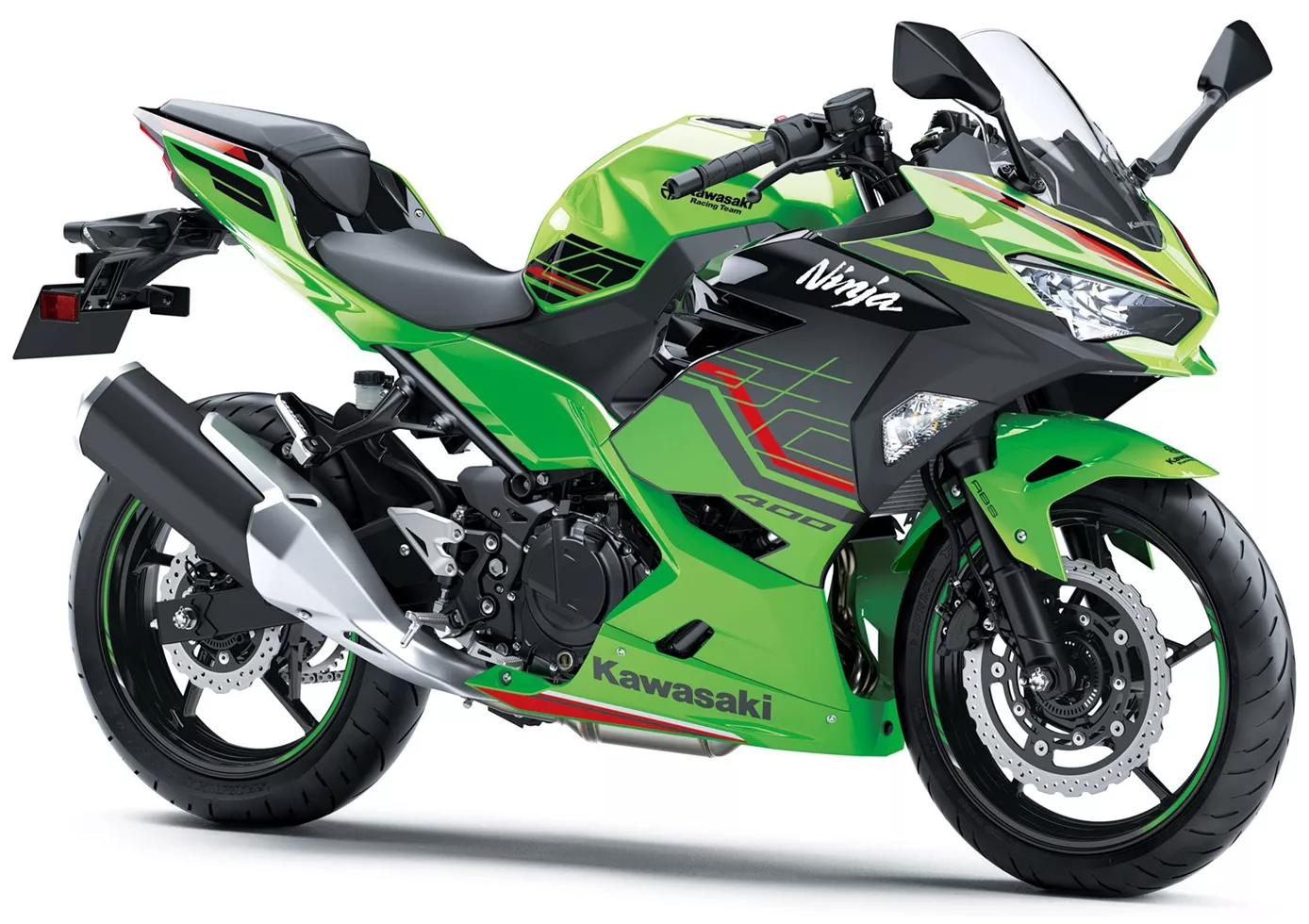
La Ninja 400 offre un grand plaisir de conduire à un prix raisonnable. Elle offre une maniabilité ludique sans être nerveuse. Le terme "Ninja" est un peu fort, mais son domaine d'utilisation est plus large qu'il n'y paraît. Elle se comporte de manière sportive, mais offre également une bonne position de conduite pour le quotidien et les randonnées.
Comparaison des prix Prix moyen du marché Kawasaki Ninja 650 vs Kawasaki Ninja 400
There are a few key differences between a Kawasaki Ninja 650 2023 and a Kawasaki Ninja 400 2023. In terms of price, the actual average price of a Kawasaki Ninja 650 2023 is about 18% higher. Compared to Kawasaki Ninja 400 2023 there are more Kawasaki Ninja 650 2023 bikes available on the 1000PS.de Marketplace, specifically 112 compared to 73. It takes less time to sell a Kawasaki Ninja 650 with 137 days compared to 165 days for a Kawasaki Ninja 400. Since model year 2017 1000PS.de editors have written 20 reviews for the Kawasaki Ninja 650 and 9 reviews for the Kawasaki Ninja 400 since model year 2018. The first review for the Kawasaki Ninja 650 was published on 10/4/2016 and now has more than 79,600 views. This compares to more than 44,300 views for the first review on Kawasaki Ninja 400 published on 11/22/2017.
